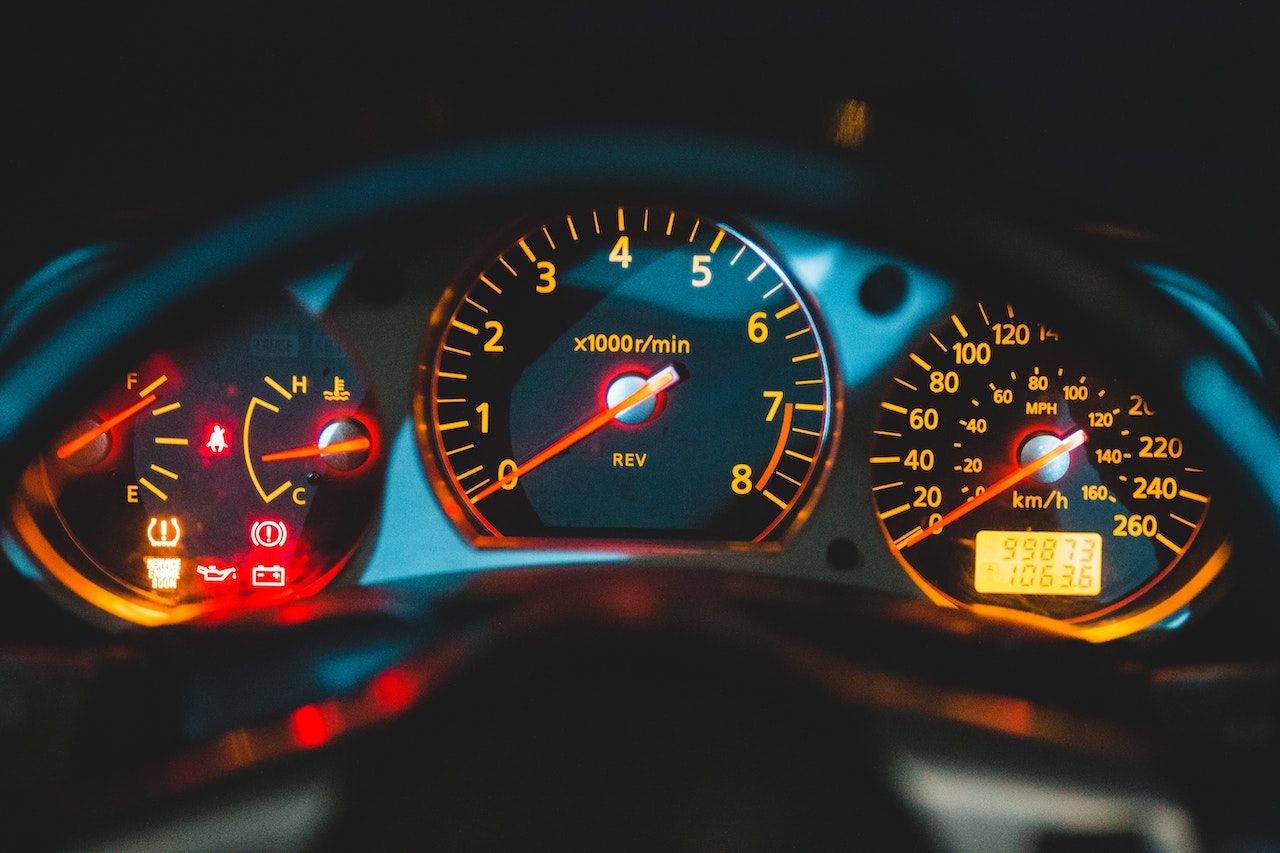Understanding Your Car’s Emergency Lights
 Photo by Erik Mclean under Pexels License
Photo by Erik Mclean under Pexels License
Don’t Ignore These 7 Warning Signs!
While every car is unique, all motor vehicles have one common feature designed to ensure the safety of the driver, their passengers, and other people on the road: emergency lights. Whether you’re driving a car with an automatic or one with a manual transmission, you shouldn’t ignore your dashboard warning lights.
Otherwise, things could take a turn for the worse and cost you a fortune to fix. If you don’t want to run the risk of getting stranded in the middle of nowhere or being left with a gargantuan repair bill, it’s best to understand what your vehicle’s emergency lights are telling you.
If you’re looking to get the most out of your vehicle and steer clear of car trouble, you’ll need to decipher what the lights in your dashboard mean. Goodwill Car Donations identifies the most important car emergency lights you should know:
- Check engine
The check engine light is one of the most potentially dangerous and often overlooked signs. While an engine’s silhouette may represent this warning light in some cars, an all-caps “CHECK ENGINE” sign may also be present in others. When the check engine light is on, it could mean anything — from an ill-fitting gas cap to ignition system failure, faulty wirings, or engine damage.
If you see the check engine light turning on, resist the urge to either panic or dismiss the warning. It’s best to have your car checked by a trusted mechanic promptly. It’s worth noting that vehicles manufactured after 1996 have a built-in onboard diagnostic (OBD) system, which checks the car’s emission levels and other engine problems, making it easier to spot any issue.
- Battery warning light
A red-illuminated triangle with a “+” and “-” sign on both ends usually represents the battery light in most vehicles. As the name implies, the warning light has something to do with your car’s battery. The battery light usually turns on because of a problem with the battery’s alternator belt or voltage regulator or if your battery wirings are corroded or faulty.
Normally, the battery warning light will turn on and then off after you start your car. However, if it turns on while you’re driving, be sure to pull over at a safe place. Otherwise, you could end up with a drained battery in the middle of the road.
- Fuel indicator
The fuel indicator is probably the emergency light best recognized by most car owners. When it turns on, it simply means that your fuel is running out. If you don’t fill up your tank soon, don’t be surprised if your car comes to a sudden halt.
- Coolant temperature light
A thermometer sign typically represents the coolant temperature light. Your car may be overheating if you see your coolant temperature light lighting up. A faulty thermostat, broken water pump, or a leak in your radiator can also cause this issue.
- Brake system light
The brake system light is represented by a circle with an exclamation point or the letter “P” in the middle. Some cars may simply show an illuminated “BRAKE” on their dashboards. When the brake system light comes on, it could indicate a problem with the brake cylinder, low brake fluid levels, or problems with the anti-lock braking system (ABS).
Ignoring a blinking brake system light is a huge mistake. Driving with your brake system light flashing can cause more damage to your braking system. Unless you promptly resolve the issue, this problem can seriously compromise your safety.
- Traction and stability control
The traction and stability control appears on a car’s dashboard as a car with skid marks on the road. It works hand-in-hand with the anti-lock braking system. When you see it briefly turning on, it means that it’s working to prevent your wheels from slipping on a slippery road.
However, if it remains on even after you turn it off, it could mean that your traction and stability control is inactive. Moreover, seeing it on while your vehicle is running at a moderate speed on a dry surface could indicate a flaw in the system.
- Seatbelt warning sign
The seatbelt warning sign features a person wearing a seatbelt. If it’s on, it simply means that the driver or passenger isn’t wearing a seatbelt. It should immediately turn off once you or your front-seat passenger wears the seatbelt. However, if the light still appears even after you have buckled up, you should have the seatbelt checked by a mechanic.
You Can Turn Your Car into a Tool for Transforming Lives
If your car is giving you more problems than pleasure, consider giving it up and donating it to us at Goodwill Car Donations. We’ll promptly free you from the responsibility of keeping that auto minus the hassle and without costing you anything.
At the same time, we’ll give your old vehicle a new and worthy purpose as we transform it into a tool for improving the living conditions of the disadvantaged and impoverished people in your local community.
Our team will auction off your donated vehicle and turn over the proceeds to the Goodwill organizations serving your area. These IRS-certified 501(c)(3) nonprofits cater to disadvantaged Americans — those who are saddled with disabilities, lack of education, job experience, or essential skills, and other limiting personal issues, such as being welfare-dependent and having prison or police records.
Your local Goodwill organizations use the funding we give them to provide deserving individuals with job and skills training, employment opportunities, scholarships, livelihood assistance, disability benefits, family support, educational services, financial assistance, and other essential support services.
With these services that you will help support with your vehicle donation, the disadvantaged residents of your community will be able to make full use of their potential and find decent jobs or livelihood opportunities, eventually freeing themselves from poverty.
Taking part in our donation program won’t require you to leave the comfort of your home or pay for the towing of your vehicle. We’ll dispatch a licensed towing crew to pick up your vehicle for free. Plus, we’ll have the 100% tax-deductible sales receipt of your vehicle delivered to your home address after we get it sold. With this receipt, you can claim the maximum tax deduction for your charitable contribution in the next tax season.
Best of all, you’ll find great satisfaction in doing something that will benefit your entire community when once-idle members attain financial stability and live productive and fulfilling lives.
We accept nearly all vehicle types, whether they’re still in good condition or no longer. Your location won’t be a problem since we can collect your donated vehicle wherever you’re located in the United States.
You can learn more about how everything works in our vehicle donation program by checking out our FAQs page. If you have questions or concerns, don’t hesitate to call us anytime through our toll-free hotline at 866-233-8586 or contact us here.
Make a Lasting Impact in Your Community Today!
 Photo by Pixabay under Pexels License
Photo by Pixabay under Pexels License
Why hold on to an unwanted car when you can use it to make an impact in your community? Your donation can help transform the lives of the less fortunate residents of your community. Call Goodwill Car Donations at 866-233-8586 or fill out our secure online donation form now!
Last Updated: May 26th, 2023